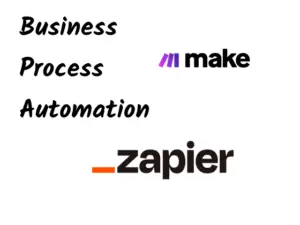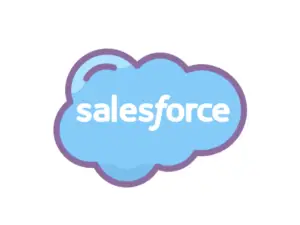The Salesforce Developer Account confusion
Whether you are a solo freelancer, part of consultancy firm or a Salesforce Integration partner, you have probably at least once came across having to register for a Salesforce Developer Account.
Maybe it was to test your solution or a potentiell vendors, in a complete scratch environment.
Selecting the right Salesforce Developer Account type is crucial.
The most common type
The most used Salesforce sandbox is your traditional “Salesforce Developer Edition” Account which you can sign up for on this page.
However there is a far more better version out there for any given scenario.
A quick overview of use cases with a SFDC Sandbox
Most features in Salesforce sandboxes are the same, however there are 3 key things that differs from the “Salesforce Developer Edition” and our recommendation, “CRM Analytics-enabled Developer Edition”
Salesforce sandboxes are generally used by learners and freelancers, but can often be used by companies providing a managed package for testing purposes – or a demo account.
This makes it crucial in the long run to pick the best account type.
The key differences of the most common Salesforce Developer Accounts
The Salesforce Developer Edition comes with:
- 2 Full Users
- 5 MB of Data Storage
- 20 MB of File Storage
The CRM Analytics-enabled Developer Edition comes with:
- 3 Full Users
- 45 MB of Data Storage
- 20 MB of File Storage
Having an additional user can save a lot of time having to test different use cases, this can be around permission handling via profiles or permission sets.
The extra storage speaks for itself, the only downside could be that your pages will load slightly slower, however in a sandbox account the data amount is still too low for us to notice.
Conclusion
Straight to the point, if you were lucky enough to read this, sign up for the “CRM Analytics-enabled Developer Edition”, which you can do from this link.
What does SFDC stand for?
SFDC stands for Salesforce.com – SalesForceDotCom.






